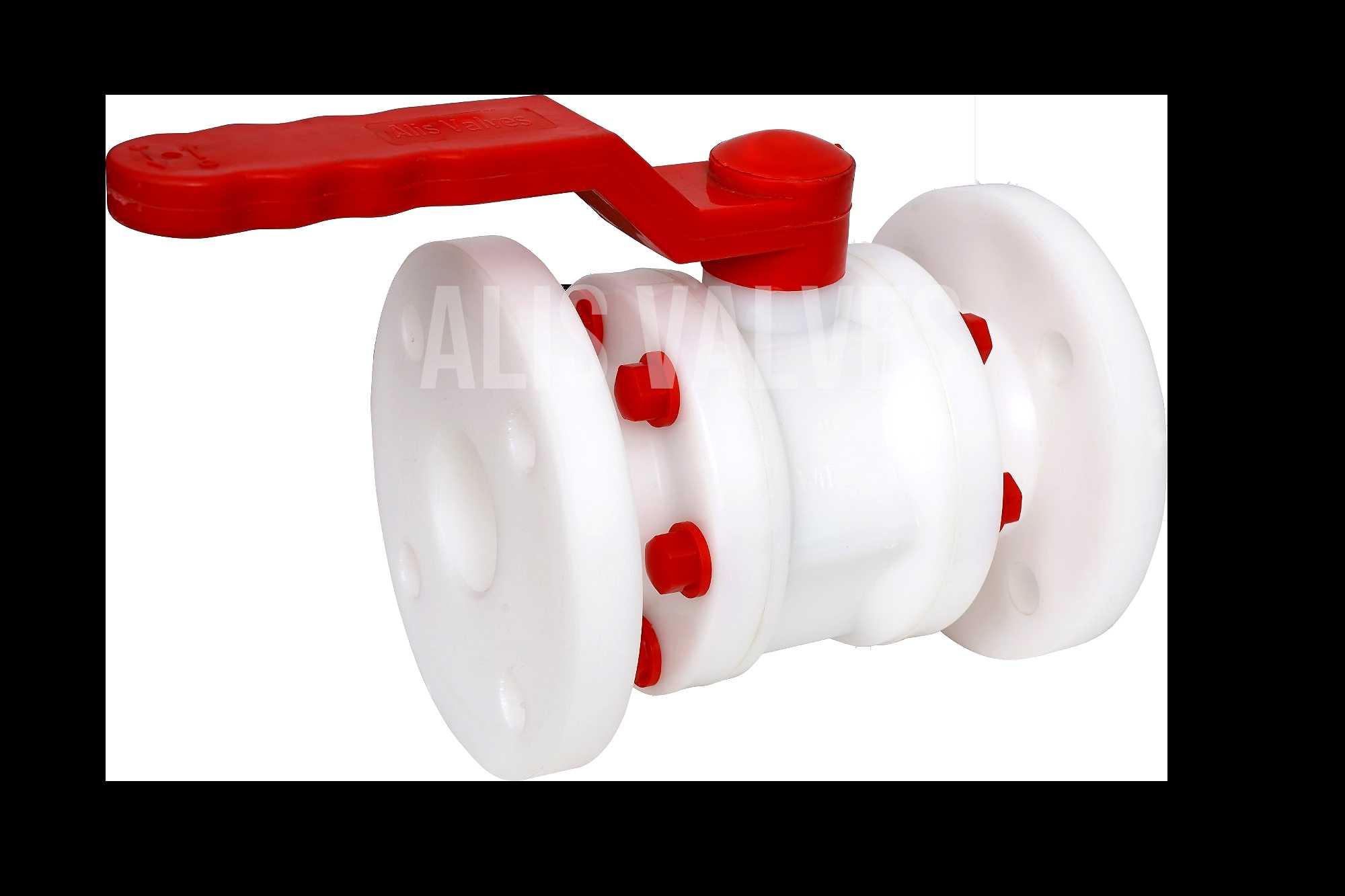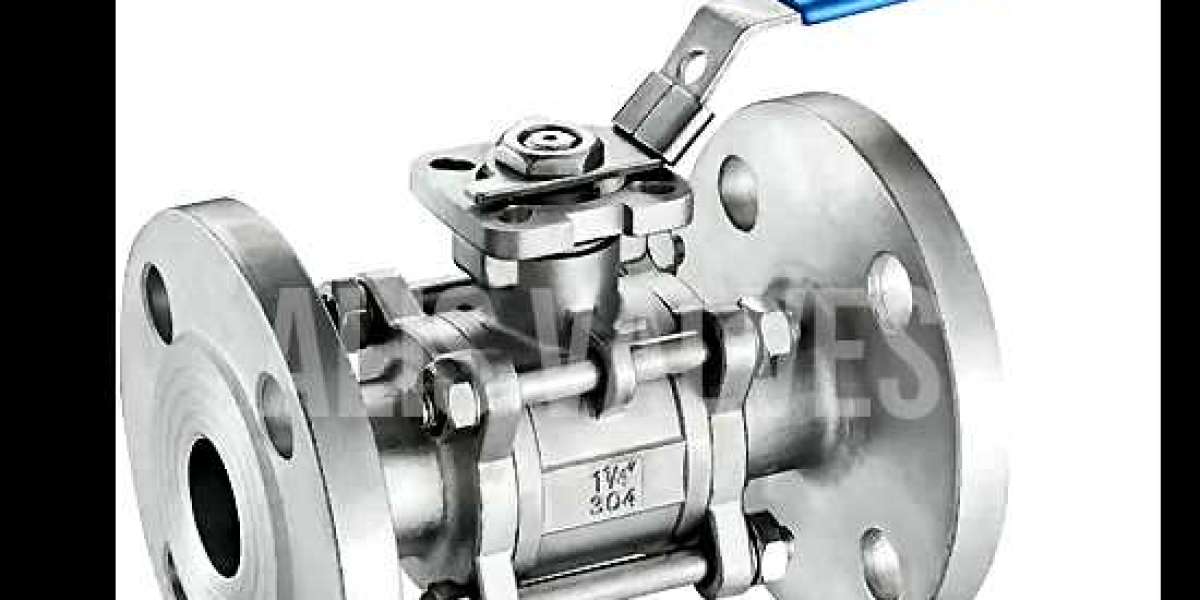Industrial valves are crucial components in many sectors, including oil and gas, power generation, water treatment, chemical processing, and manufacturing. Their role in controlling the flow of liquids, gases, and slurries makes them vital to the efficiency, safety, and reliability of industrial operations. Without proper maintenance, valves can degrade, causing issues such as leaks, pressure fluctuations, or complete system failure. Ensuring proper maintenance practices are in place can prevent costly downtime, increase the longevity of the valves, and enhance overall operational safety.
In this article, we will explore the best practices and tips for industrial valves maintenance. From regular inspections to predictive maintenance strategies, these approaches can help ensure that valves continue to function optimally.
1. Understand the Valve Types in Your System
Industrial valves come in various designs, including gate valves, ball valves, globe valves, butterfly valves, and check valves. Each type of valve has a specific function and may require different maintenance procedures. For instance, ball valves are typically low-maintenance due to their simple design, while globe valves require more frequent attention due to their complex internal components.
Before beginning any maintenance procedure, it is essential to understand the type of valve you are working with, its specific requirements, and its role in the system. Maintenance teams should be trained on the unique characteristics and upkeep needs of each valve type.
2. Establish a Routine Inspection Schedule
One of the most effective ways to prevent valve failure is through routine inspections. Regular visual inspections should be carried out to identify early signs of wear and tear, corrosion, leaks, or debris buildup. Inspecting seals, packing, and gaskets is crucial since they can wear out over time, leading to leaks.
A consistent schedule for valve inspections should be established based on factors such as valve type, operating conditions, and the criticality of the valve in the system. For high-pressure or hazardous applications, inspections may need to occur more frequently.
During inspections, it's important to:
- Check for external leaks
- Ensure smooth operation by manually opening and closing the valve
- Inspect the integrity of seals and packing materials
- Check for unusual noises or vibrations, which could indicate internal damage
- Verify that the valve's position indicators are functioning correctly
3. Lubricate Moving Parts Regularly
Valves with moving parts, such as gate valves, ball valves, and butterfly valves, should be lubricated regularly to prevent seizing or sticking. Proper lubrication reduces friction between the moving parts and prevents the accumulation of debris that can interfere with the valve’s operation.
When lubricating valves, always use a lubricant that is compatible with both the valve’s materials and the fluid passing through the system. In some cases, over-lubrication can be harmful, so it's important to follow manufacturer recommendations regarding the type and quantity of lubricant to use.

4. Tighten Packing Glands and Replace Seals as Needed
Packing glands are essential components that prevent leakage around the valve stem. Over time, packing materials can degrade due to temperature fluctuations, pressure variations, and chemical exposure. If left unchecked, this can result in leakage around the stem, leading to a loss of efficiency and potential safety hazards.
During routine inspections, packing glands should be tightened as necessary to prevent leaks. However, over-tightening can cause increased wear on the valve stem and lead to premature failure, so it's important to follow the manufacturer's guidelines.
In addition to tightening packing glands, seals, gaskets, and O-rings should be inspected regularly and replaced as needed. Using high-quality replacement materials that are compatible with the system’s operating conditions can prolong the life of the valve and prevent costly repairs.
5. Clean Valves and Remove Debris
Valves can become clogged with dirt, debris, or sediment, especially in systems that handle fluids with solid particles or contaminants. Clogged valves can cause pressure drops, reduce flow efficiency, and even lead to complete valve failure if not addressed.
To prevent this, valves should be cleaned regularly, especially in systems that process dirty or abrasive fluids. For some valves, this may require disassembling the valve body and cleaning the internal components. In other cases, flushing the system with a cleaning solution may be sufficient.
Strainers and filters installed upstream of the valve can help reduce the amount of debris that reaches the valve, thus extending the time between cleanings.
6. Perform Functionality Testing
Periodically testing valves for functionality is an important step in preventive maintenance. This can involve manually operating the valve to ensure smooth movement, as well as checking that the valve closes and seals properly. Automatic or actuated valves should also be tested to verify that the actuators and control systems are functioning correctly.
For safety valves, regular testing is crucial to ensure that they will open at the correct set pressure to relieve overpressure in the system. Safety valve testing should always follow industry standards and be performed by qualified personnel.
7. Develop a Predictive Maintenance Strategy
Predictive maintenance goes beyond traditional preventive maintenance by using real-time data to predict when a valve is likely to fail. By utilizing condition monitoring tools such as vibration analysis, thermography, and ultrasonic testing, operators can identify early signs of valve degradation and address potential issues before they lead to failure.
Implementing a predictive maintenance program can help reduce unplanned downtime, extend the life of the valves, and lower overall maintenance costs. For critical valves, especially those in hazardous environments, predictive maintenance can significantly improve safety and reliability.
8. Document Maintenance Activities
Maintaining a detailed log of all valve inspections, repairs, and replacements is essential for tracking the performance of individual valves over time. This documentation can help identify patterns of wear and tear, predict future maintenance needs, and ensure compliance with industry regulations.
Maintenance records should include:
- The date of each inspection or repair
- A description of the work performed
- The condition of the valve before and after maintenance
- Any parts that were replaced
- Recommendations for future maintenance or monitoring
By keeping detailed records, maintenance teams can make data-driven decisions and optimize their valve maintenance strategies.
9. Train Personnel on Proper Valve Maintenance
Well-trained personnel are essential for effective valve maintenance. Operators and maintenance technicians should receive ongoing training to stay up-to-date on the latest valve technologies, maintenance techniques, and safety protocols.
Training should cover:
- Proper inspection and lubrication techniques
- How to safely operate and test valves
- Recognizing early signs of valve wear or failure
- Understanding the specific requirements of different valve types
Regular training sessions can help ensure that maintenance personnel are equipped to handle valve issues promptly and effectively, reducing the risk of unexpected failures.
Conclusion
Proper industrial valve maintenance is essential for ensuring the safe and efficient operation of industrial systems. By following best practices such as regular inspections, lubrication, cleaning, and testing, as well as implementing predictive maintenance strategies, operators can prolong the life of their valves, minimize unplanned downtime, and avoid costly repairs. With the right approach, valve maintenance can become a proactive, rather than reactive, part of the overall maintenance strategy.







